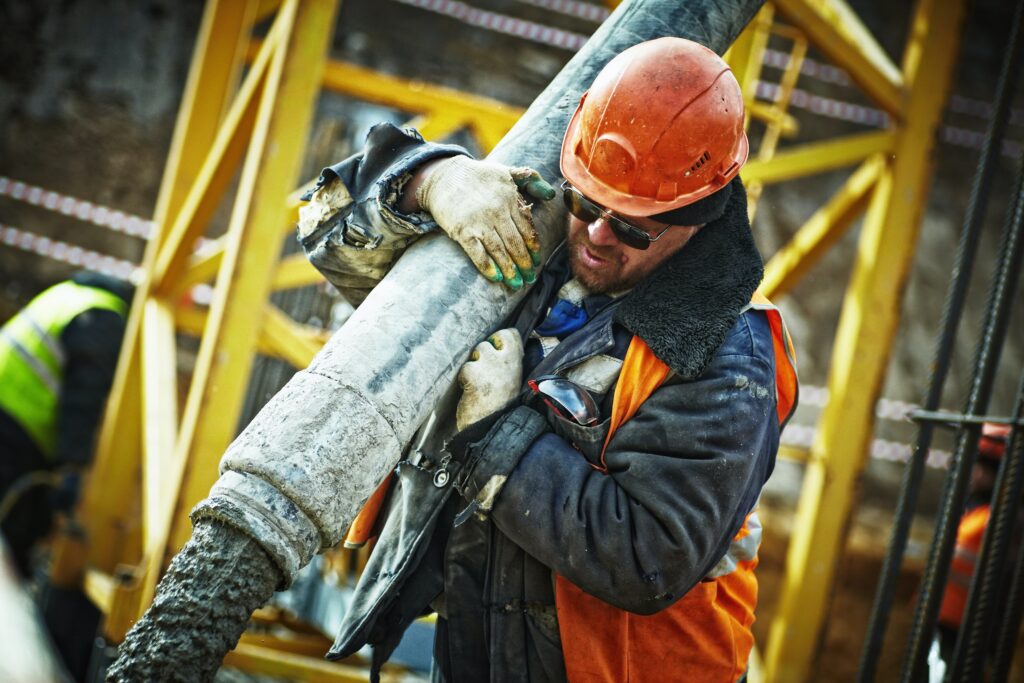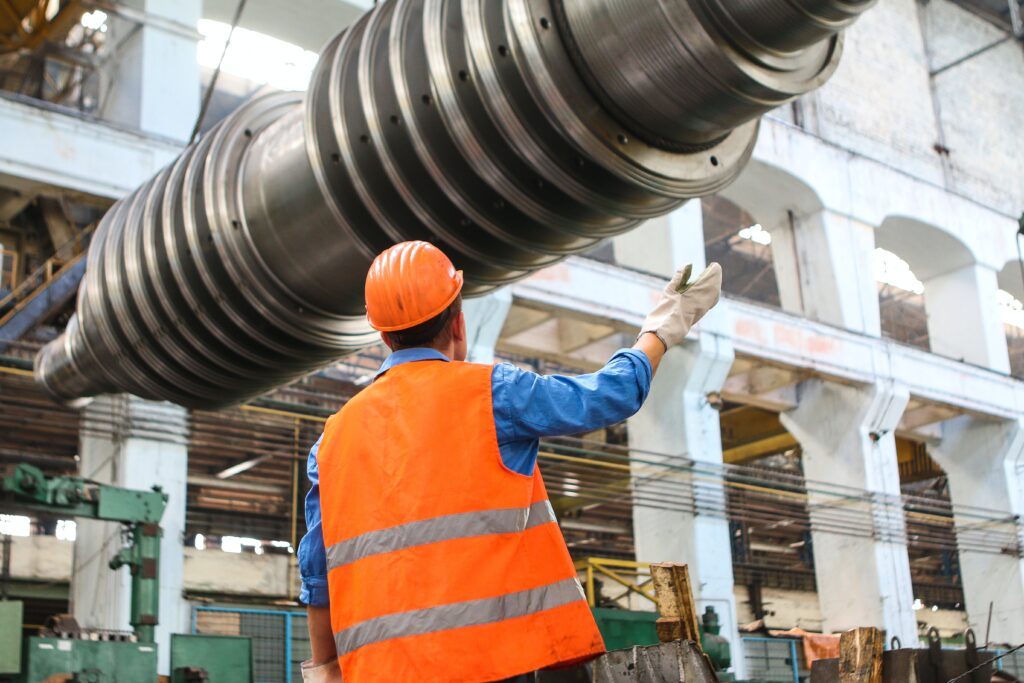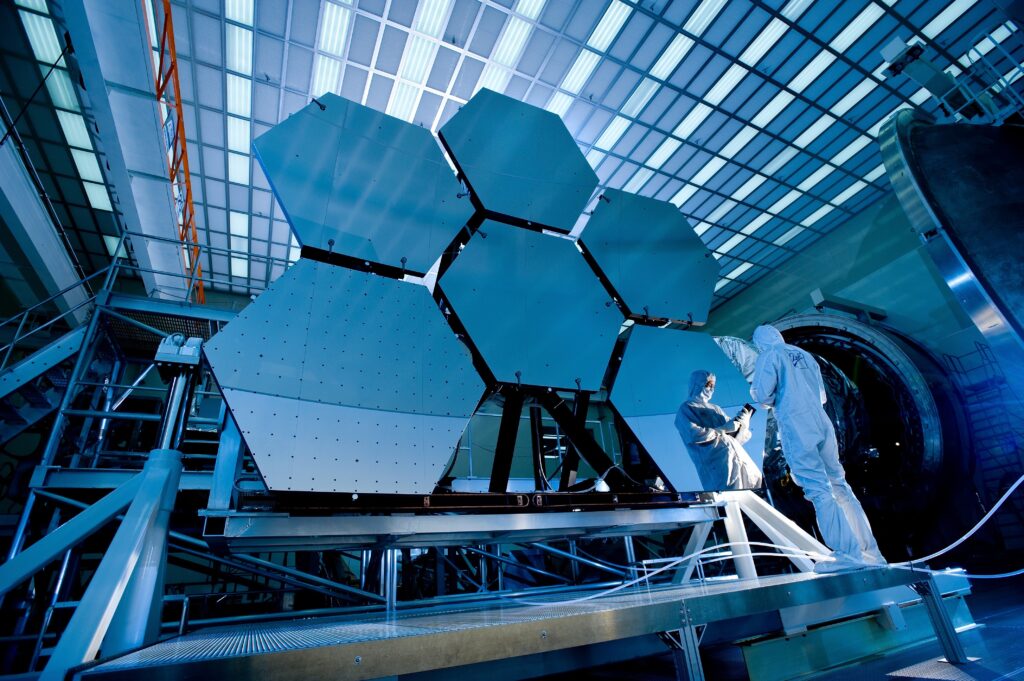Hello to our amazing readers!
Today, we’re swapping our usual digital landscape to take a deep dive into the real, tangible world – the realm of towering cranes, bustling construction sites, and architectural marvels that define our city skylines. Yes, you guessed it right, we’re going to discuss the construction industry. But not just anywhere, we’re focusing on the land of unique wildlife, stunning beaches, and booming cities – Australia. So, buckle up, my friends, as we unpack the current state of the construction industry in Australia, highlighting its key trends, the hurdles it’s navigating, and the future outlook. This isn’t just a topic for those wearing hard hats, it’s for anyone interested in the economy, technology, sustainability, or urban development!
Understanding the Scope of Australia’s Construction Industry
To kick off our journey, it’s crucial to understand the scale and scope of Australia’s construction industry. Often overlooked, this sector is a cornerstone of the nation’s economy. It provides jobs to hundreds of thousands of people and plays a significant role in the country’s GDP. When we talk about construction, we’re not only referring to residential housing or commercial buildings but also to public infrastructure, mining projects, and everything in between. The Australian construction industry’s breadth is wide, its influence vast, and its potential enormous.

COVID-19’s Impact on Construction
It wouldn’t be a fair discussion about any industry’s current state without acknowledging the impact of COVID-19. In Australia, construction was classified as an essential service, allowing it to continue operations even amid lockdowns. However, being essential didn’t shield the industry from the pandemic’s side effects. Social distancing measures forced changes in site operations, supply chain disruptions caused project delays, and decreased demand brought some plans to a standstill. It was a testing time, but as we’ll see, it was also a catalyst for innovation and adaptation.
Charting the Trends: From Green to Digital
As we navigate the post-pandemic landscape, several key trends are influencing the Australian construction industry. Let’s delve into these now.
1. Green Construction: Building a Sustainable Future
Among the most promising trends shaping the Australian construction landscape is the swing towards sustainable or “green” construction. As the world grapples with climate change and its mounting implications, every sector, including construction, is being called to play its part. Developers, architects, and contractors are increasingly integrating sustainable practices and materials into their projects, from energy-efficient designs to low-impact building materials.
Government initiatives and regulations, such as the National Construction Code’s energy efficiency provisions and the Green Building Council of Australia’s Green Star rating system, are also driving this trend. They’re not just encouraging green construction – they’re setting the standard for it. As sustainability becomes the norm rather than the exception, it’s an exciting space to watch.
2. The Digital Transformation
While it may not be the first industry that comes to mind when you hear “digital transformation,” construction is, in fact, being reshaped by technology. Construction technologies, known as ConTech, are now part of the industry’s tool belt. We’re seeing the rise of Building Information Modelling (BIM) software, which enables detailed digital representations of physical and functional characteristics of places. Drone surveys, 3D printing, virtual reality – these aren’t sci-fi fantasies, they’re real tools being used in construction today.
Such technologies are not only making construction projects more efficient and accurate but also safer. For example, a drone can conduct site surveys in hazardous areas, reducing risks to human workers. With these digital tools at hand, the sky’s the limit (quite literally for those drones).
3. Prefabrication and Modular Construction
Moving on, prefabrication and modular construction are redefining how buildings are made. Rather than constructing a building entirely on-site, large parts of it are manufactured off-site and then transported and assembled on-site. This method boasts several benefits, such as shortened construction times, reduced waste, and better quality control, as components are produced in controlled factory environments.
Not only does this method make construction more efficient, but it’s also more sustainable. By reducing waste and allowing for precision in materials usage, it’s another step towards a greener construction industry.
4. The Emergence of Robotics: Dog Robots to the Rescue
A fascinating development in Australia’s construction landscape is the rise of robotics, particularly the adoption of dog robots for site operations. These four-legged mechanical helpers have started to make a mark on construction sites, heralding a new era of automation and efficiency.
Dog robots, named for their four-legged design and uncanny agility, bring several benefits to the construction industry. For starters, these robots can easily navigate the often uneven and unpredictable terrain of a construction site, making them ideal for surveying and inspection tasks. Equipped with a variety of sensors and cameras, dog robots can generate accurate 3D maps of construction sites, help monitor progress, and identify potential issues.
The capabilities of these dog robots go beyond just exploration. One of their standout features is their ability to work in hazardous environments where it might be unsafe for human workers. From navigating sites with toxic materials to performing inspections in high-risk areas such as rooftops or partially constructed structures, these robots enhance worker safety significantly.
Moreover, these robots are also being used to transport materials around the site, freeing up human workers from physically demanding and repetitive tasks. This allows construction workers to focus on more complex tasks, leading to increased productivity and job satisfaction.
The use of dog robots in the construction industry also opens the door to continuous operation. These robots can work around the clock, unaffected by factors like fatigue or adverse weather conditions, leading to shorter project timelines and reduced costs.
Challenges in the Construction Industry
While it’s exciting to see how the Australian construction industry is evolving and innovating, it’s also critical to acknowledge the challenges it faces.

1. Bridging the Skill Gap
One of the industry’s most significant hurdles is the shortage of skilled labour. With an aging workforce and not enough young people entering the sector, the skill gap is a mounting concern. It’s a multifaceted problem, one that requires concerted efforts from industry stakeholders, educational institutions, and government bodies.
2. The Rising Cost Conundrum
The construction industry is also battling rising costs. These include increasing material prices, labour costs, and expenses related to complying with stricter regulations. The escalating costs can be a barrier to new projects and impact the affordability of buildings, particularly housing, making this a critical challenge to address.
3. Mental Health in Construction
In an industry characterized by hard hats and tough exteriors, mental health can often be overlooked. But it’s a serious issue that needs more attention. High stress levels, long hours, and the physically demanding nature of construction work can take a toll on workers’ mental health. Promoting awareness, providing support services, and reducing stigma are vital steps towards addressing this silent struggle.
The Future of Construction in Australia
As we gaze into the future, the construction industry in Australia presents a mixed bag of challenges and opportunities.
Emerging technologies will continue to revolutionise the industry, pushing the boundaries of what’s possible. The drive towards sustainability will inspire innovation in green construction practices. Simultaneously, addressing issues like the skill gap and mental health will demand concerted efforts from all stakeholders. Amid these changes, one thing is clear: the industry is anything but static.

Wrapping Up
The Australian construction industry stands as a dynamic and resilient sector, integral to the nation’s economy and future. As it navigates the challenges and opportunities of the post-pandemic world, it continues to be a hotbed of innovation, adaptation, and growth.
There you have it, folks – a panoramic view of the current state of the construction industry in Australia. Whether you’re an industry professional, a curious onlooker, or someone in between, I hope you’ve found this exploration insightful. As always, stay tuned for more deep dives into the various sectors shaping our world. Until next time, keep learning, stay curious, and don’t forget your hard hat!


